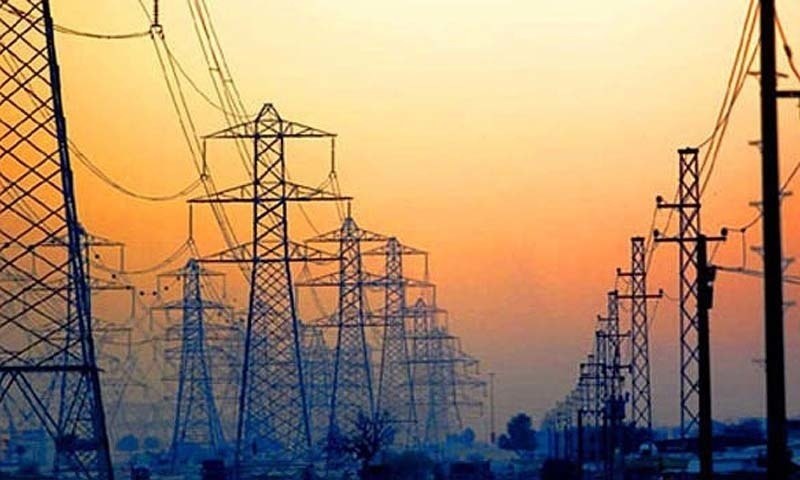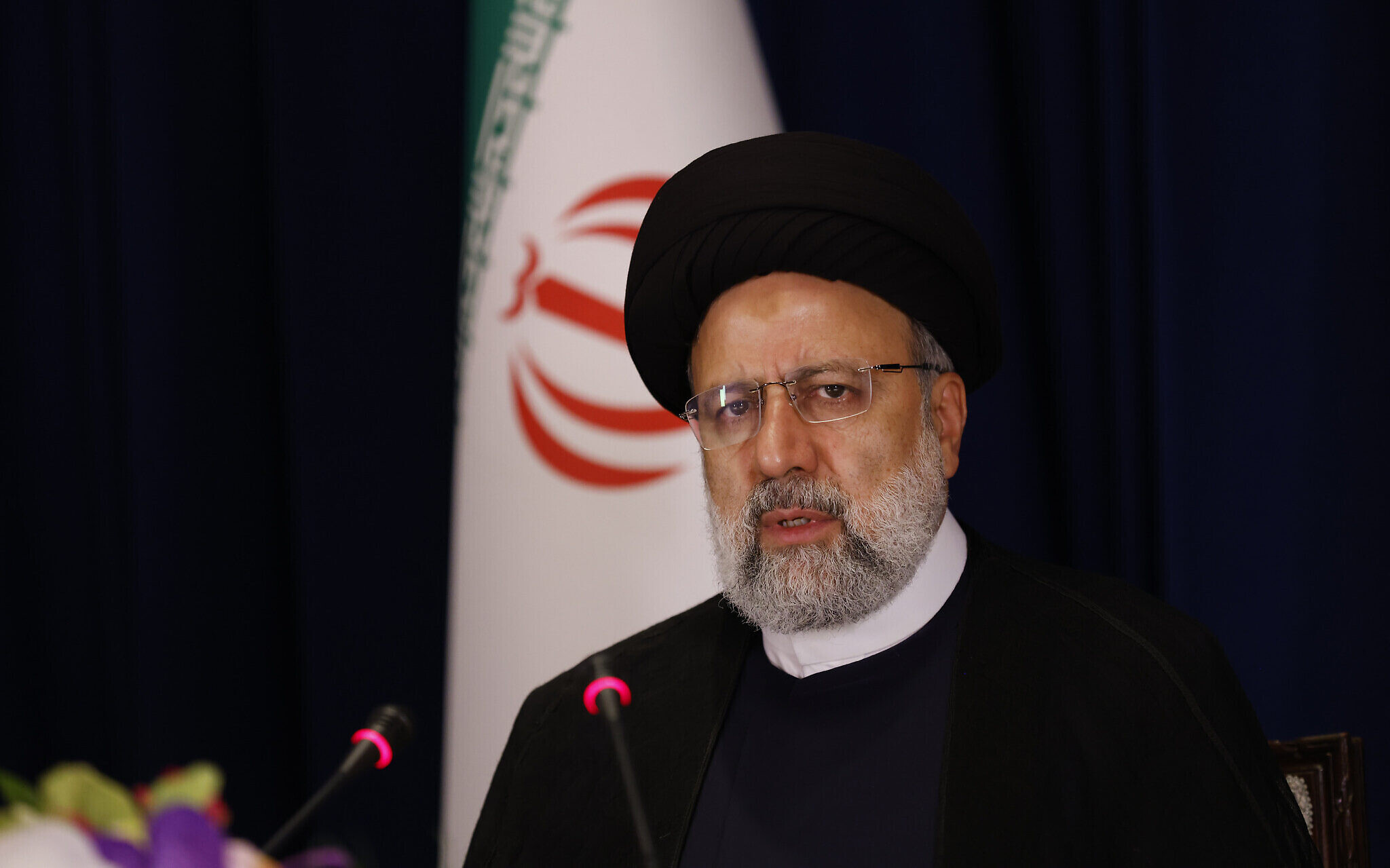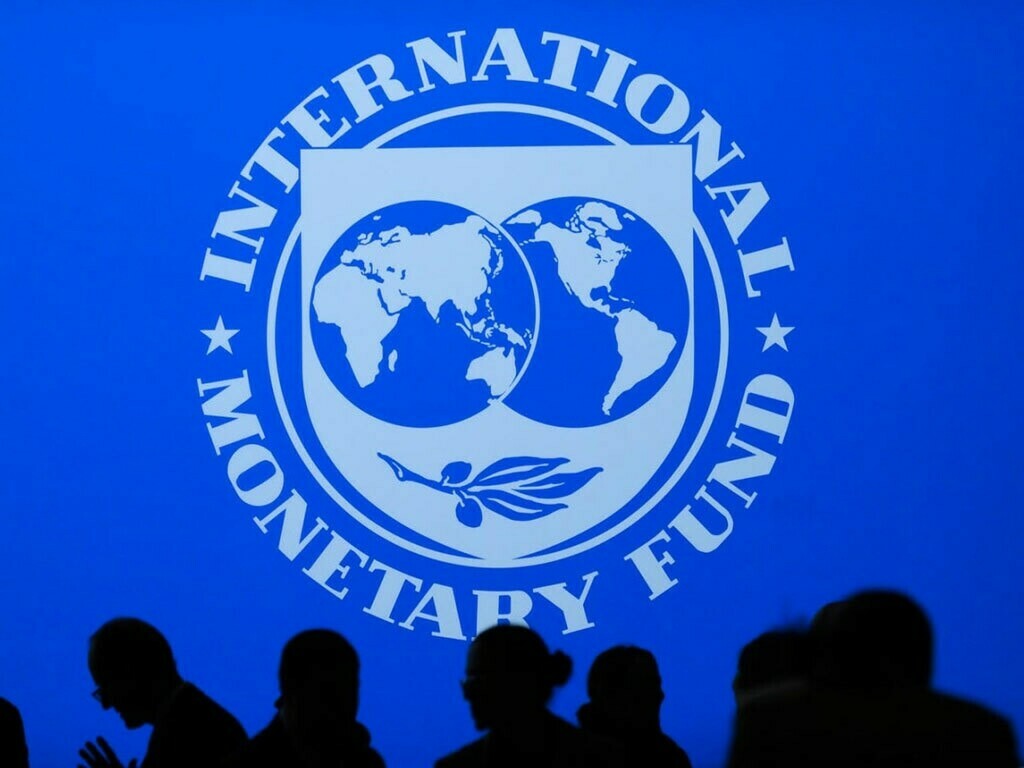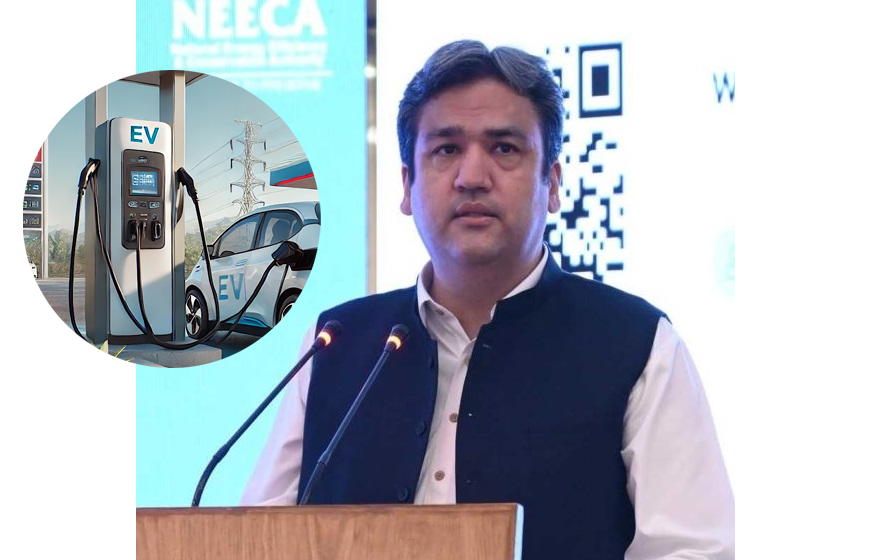Power Distribution Companies (Discos) across Pakistan suffered transmission and distribution (T&D) losses worth Rs265 billion in the fiscal year 2024–25, a slight improvement over Rs276 billion in losses during FY2023–24, reflecting a modest reduction of Rs11 billion.
Despite this marginal progress, the country’s power sector continues to struggle with technical inefficiencies, billing recovery issues, and inter-institutional financial stress, raising concerns within regulatory circles and casting doubt on the sustainability of recent improvements.
According to official statistics shared with Business Recorder, losses varied significantly among different power distribution companies:
- Islamabad Electric Supply Company (IESCO): 8.6% loss, equating to Rs5 billion
- Lahore Electric Supply Company (LESCO): 13.7% loss, totaling Rs35 billion
- Gujranwala Electric Power Company (GEPCO): 10.6% loss, costing Rs5 billion
- Faisalabad Electric Supply Company (FESCO): 9% loss, around Rs3 billion
- Multan Electric Power Company (MEPCO): 13.8% loss, resulting in Rs14 billion
- Peshawar Electric Supply Company (PESCO): A staggering 37.1% loss, worth Rs87 billion
- Hyderabad Electric Supply Company (HESCO): 27.9% loss, around Rs27 billion
- Quetta Electric Supply Company (QESCO): 38.4% loss, about Rs52 billion
- Sukkur Electric Power Company (SEPCO): 39.2% loss, approximately Rs36 billion
- Tribal Areas Electric Supply Company (TESCO): 8.3% loss, but the financial impact was listed as Rs0 billion, suggesting internal adjustments or unreported figures
These statistics reveal stark regional disparities in power distribution performance, with PESCO, QESCO, SEPCO, and HESCO continuing to face alarming inefficiencies.
The overall average T&D losses across all Discos stood at 17.6% in FY2024–25, compared to 18.3% in FY2023–24, indicating an improvement of 0.7 percentage points. While modest, this change has been touted by the Power Division as evidence of better governance and operational efficiency.
Additionally, under-recoveries—the amount of billed electricity revenue not collected—dropped sharply to Rs132 billion in FY2024–25, down from Rs315 billion a year earlier. Recovery rates improved from 92.4% to 96.6%, a performance milestone that drew official recognition from the Prime Minister.
Impressed by the statistical gains, Prime Minister Shehbaz Sharif awarded appreciation certificates to both the Power Minister and Power Secretary, acknowledging their efforts in driving reforms and recovery within the electricity sector.
However, the celebratory mood has been tempered by NEPRA (National Electric Power Regulatory Authority), which has challenged the validity of these figures.
Citing inconsistencies and possible inflation of recovery claims, NEPRA has tasked its technical team to verify the reported data on both losses and recovery rates. The regulator has expressed concerns that the reported improvements may not reflect on-ground realities.
This scrutiny adds a layer of uncertainty to the apparent progress made by the Power Division and raises questions about transparency in data reporting across state-run utilities.
While losses and recoveries dominate headlines, another critical issue flagged during internal briefings is the Power Division’s failure to clear dues to power plants, including those operating under the China-Pakistan Economic Corridor (CPEC) framework.
The delayed payments are disrupting energy production and operational planning, especially for Chinese-funded projects that are central to Pakistan’s long-term energy security.
Moreover, another financial burden has emerged: Pakistan State Oil (PSO) is reportedly carrying the cost of liquefied natural gas (RLNG) imports from Qatar, which remain unused by the power sector due to inefficiencies in planning and distribution.
This unused RLNG, purchased through long-term contracts, adds billions in liabilities to PSO’s books, highlighting serious coordination gaps between fuel procurement and power generation planning.
While a 0.7% decrease in T&D losses and a bump in recovery rates are encouraging, experts warn that these gains remain fragile unless backed by deep-rooted structural reforms, especially in high-loss Discos like PESCO, SEPCO, QESCO, and HESCO.
Issues like line losses, electricity theft, and poor infrastructure investment continue to plague performance in these regions, and unless these are tackled at the policy and operational levels, the sector will remain in distress.




